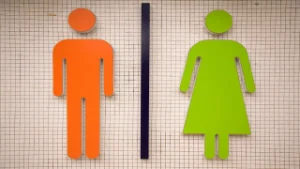Keeping The Genders

Abstract
This article examines the approach to gender translation in the UPDV Bible, which maintains literal gender distinctions from the original texts. Unlike some modern translations that adopt gender-neutral language, the UPDV preserves the nuanced distinctions between different gender-related terms in both the Old and New Testaments. The article provides detailed guidelines for understanding these distinctions, including the various uses of terms like "man," "men," "woman," and "women," as well as the treatment of pronouns and familial terms.
Gender has been generally translated literally in the UPDV Bible. The following general guidelines are used to distinguish the various meanings:
Gender in The New Testament
The current usage of gender in the New Testament is similar to the guidelines noted below for the Old Testament. However, due to differences between the languages and styles, not all of same distinctions are present. Context will generally dictate the interpretation.
Gender in The Old Testament
Man, of man, from man, etc.: When used in its plain form, generally refers to mankind, humans, or people, without necessarily indicating male or female.
'Common man' is used in a similar manner, but in general, refers to ordinary man, as a class, also known as commoners.
A man, any man, this man, men, etc.: Generally refer to one or more of the male sex of man, or a group which may at least partially consist of males.
[Able-bodied] men, [prominent] men, etc.: This is based on a Hebrew word which focuses on a special type of strength, such as mighty, capability, being a soldier, being in one's prime, age, nobility, leadership, wisdom, or other such types of special qualities. The quality referred to is somewhat interpretive based on the context and is placed within brackets. See Exodus 10:11 for example.
A woman, any woman, this woman, women, etc.: Generally refer to one or more of the female sex of man, or a group which may at least partially consist of females.
Sons and daughters: These are generally retained and can mean either literal descendants or something else as indicated by the context.
Pronouns: He, she, and other such references are generally retained and unchanged from the ASV.